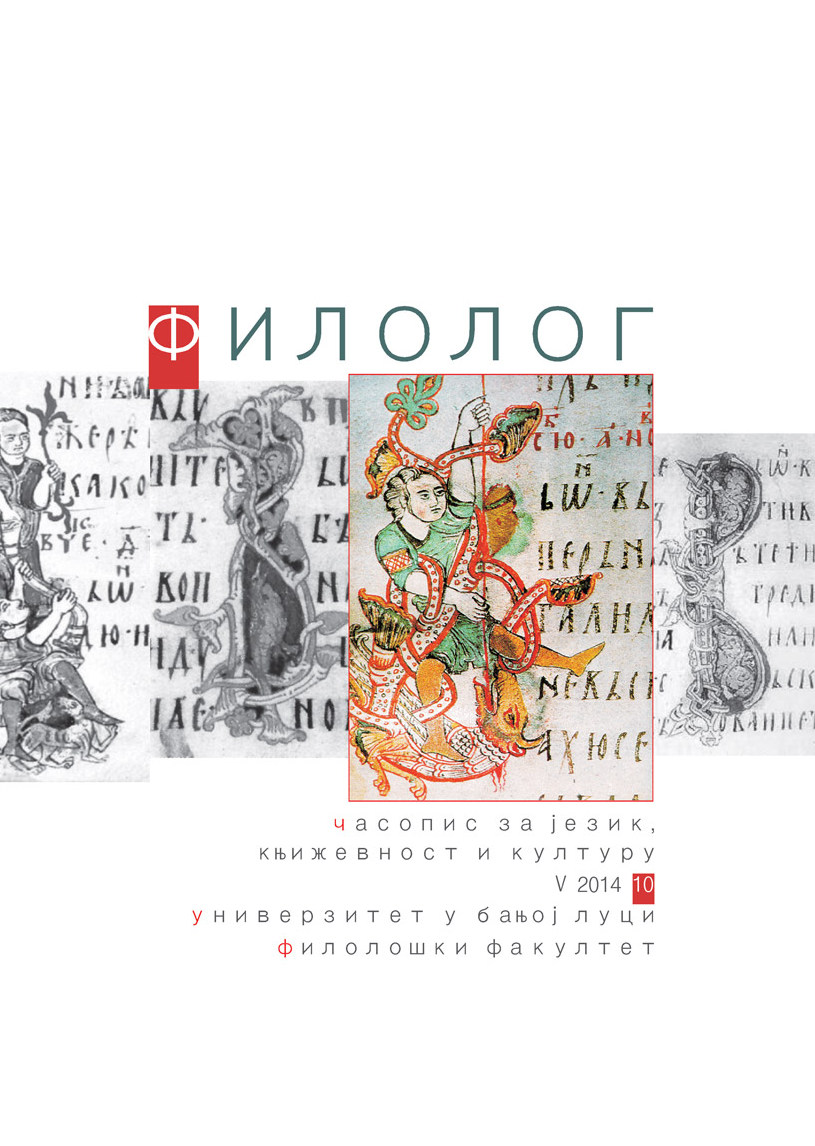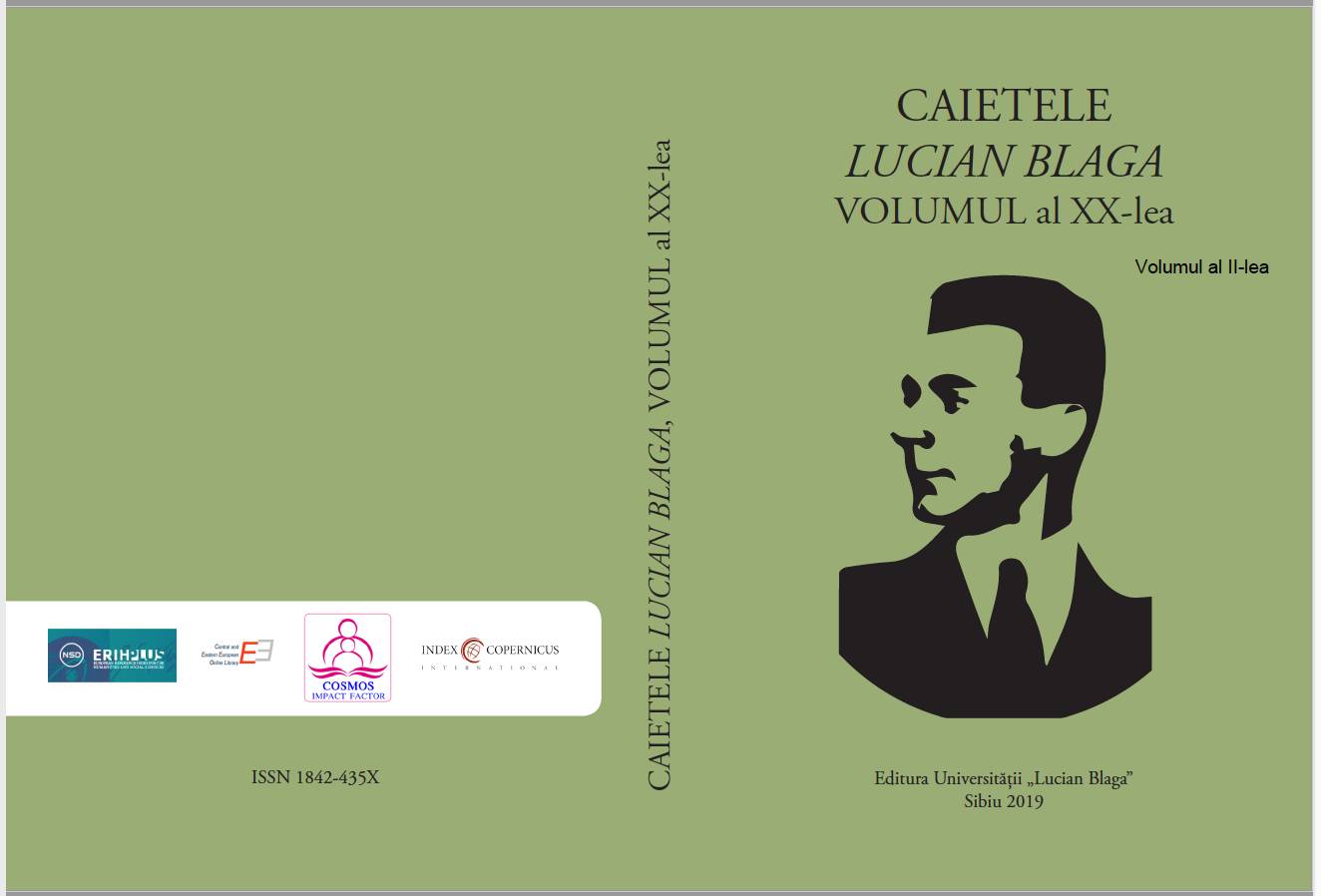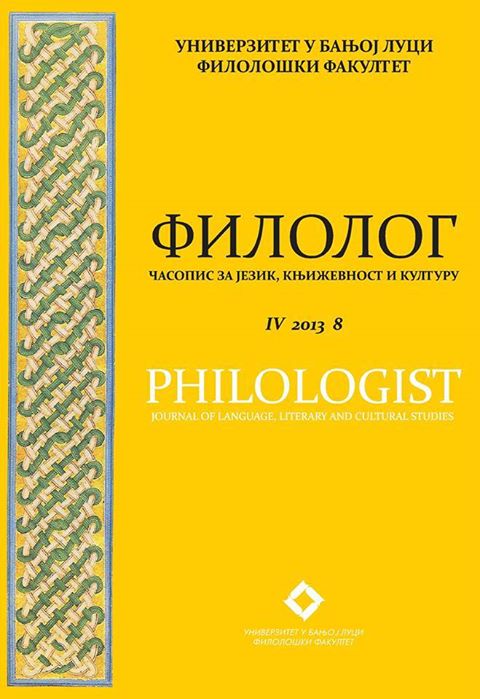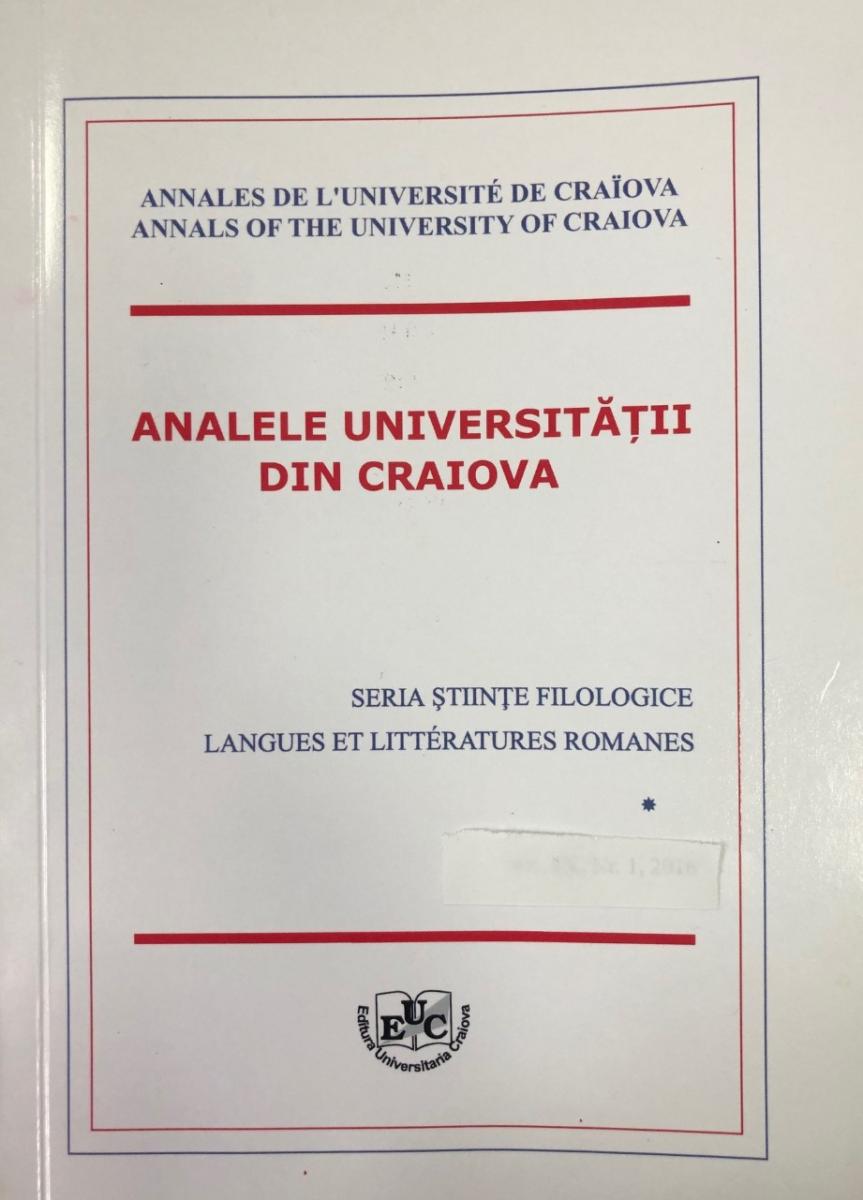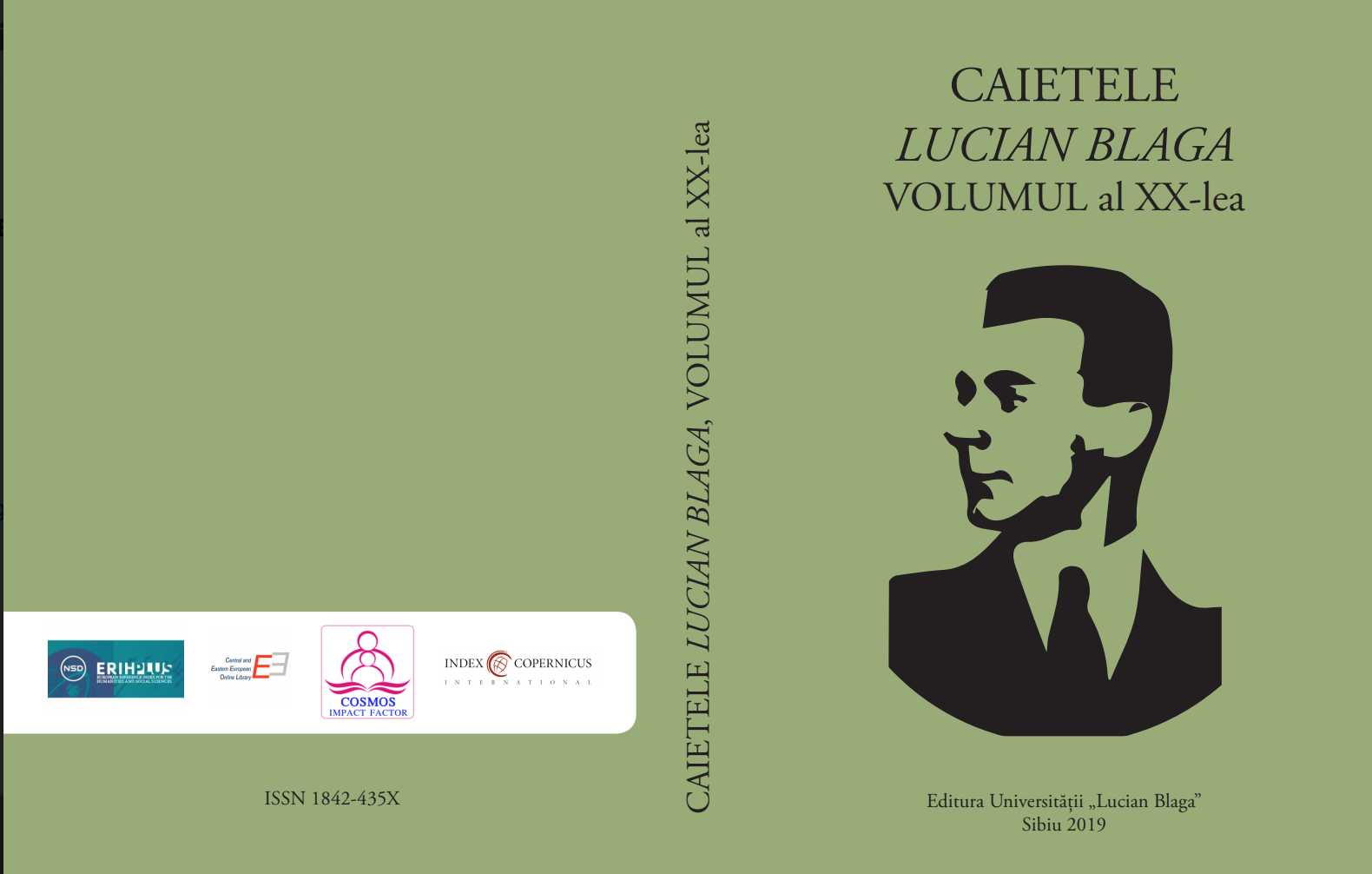
GHERASIM LUCA- O POETICĂ SPECTACULARĂ
The purpose of this paper is to analyse the spectacular features of Gherasim Luca’s poetry. More specifically, the research starts from what generates the spectacular in his poetry: the erotica and the advertising feature of the poems. This study intends to analyse and explain how the eroticism of poetry, by its advertising dimension (meaning that poetry highlights the woman and erotic scenes like an advertising) offers to Gherasim Luca’s poetry the spectacular dimension. The blend of the two areas (erotica and the conative function of language) creates the spectacular, transferring sexuality from intimacy to the public, just as an advertising highlights in public an element of intimacy. The research is based on some senses of eroticism, from the most important theoretical studies, as Georges Batailles, André Breton and Octavio Paz. Also, there are discussed the images of the woman and the sexual deviations in Gherasim Luca’s poems.
More...
